Question
Four of the five among the following are similar in
such a way to form a group, who among the following doesn’t belong to the group? Study the following information carefully and answer the below questions Eight persons- P, Q, R, S, T, U, V, and W are sitting on the square table facing the centre. Four of them are sitting at the corner and four of them are sitting in the middle of the sides, but not necessarily in the same order. V sits third to the right of W, who sits in the middle of the side of the table. One person sits between V and U. P is sitting neither adjacent to V nor W. S sits second to the right of Q. S does not sit adjacent to W. Q sits third to the right of R. T sits neither adjacent to Q nor S.Solution
We have, V sits third to the right of W. W sits at the middle of the side of the table. One person sits between V and U. From the above condition, there are two possibilities. 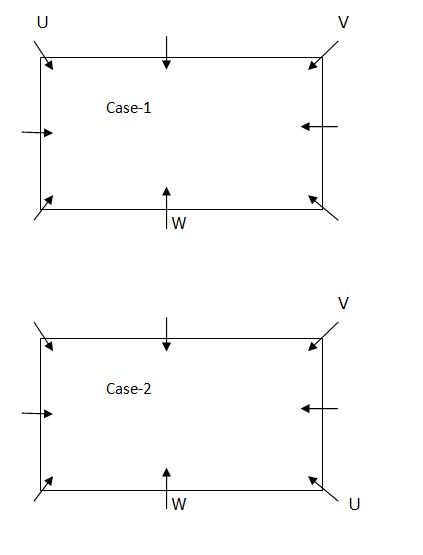 Again we have, P is sitting neither adjacent to V nor W. From the above condition, there are three possibilities. From the above condition, there are two possibilities.
Again we have, P is sitting neither adjacent to V nor W. From the above condition, there are three possibilities. From the above condition, there are two possibilities. 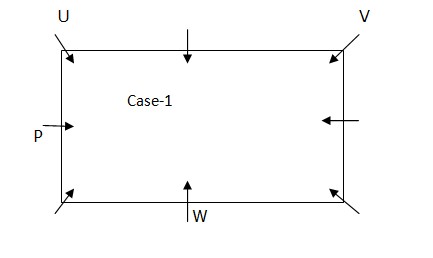
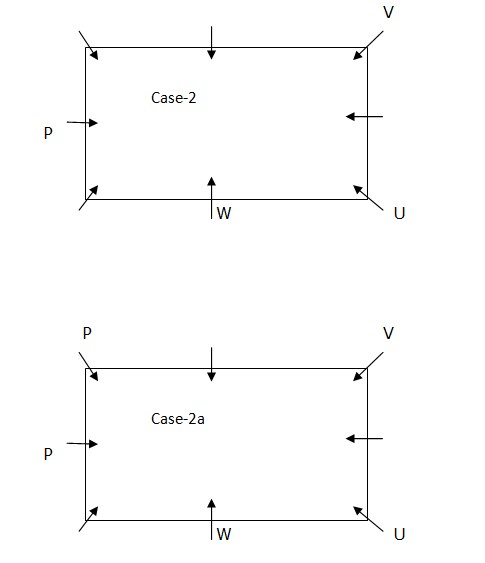 Again we have, S sits second to the right of Q. S does not sit adjacent to W. Q sits third to the right of R.
Again we have, S sits second to the right of Q. S does not sit adjacent to W. Q sits third to the right of R. 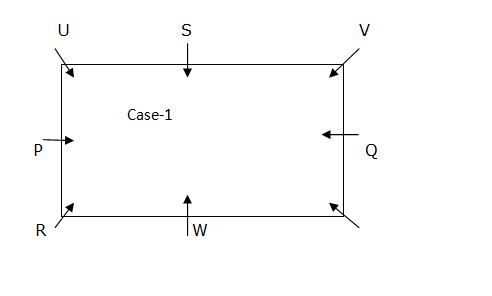
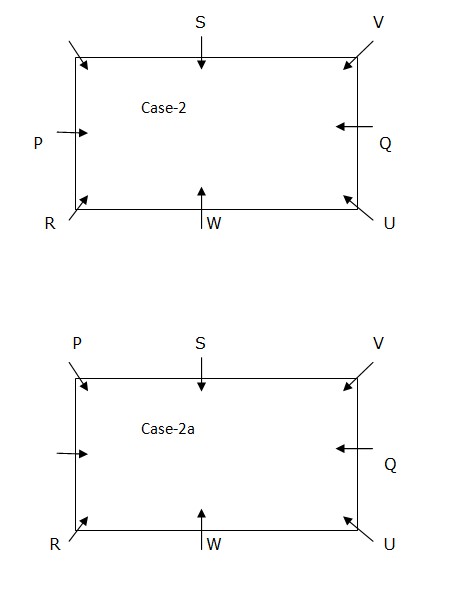 Again we have, T sits neither adjacent to Q nor S. From the above condition, cas1 and case2 get eliminated. Case2a shows the final arrangement.
Again we have, T sits neither adjacent to Q nor S. From the above condition, cas1 and case2 get eliminated. Case2a shows the final arrangement. 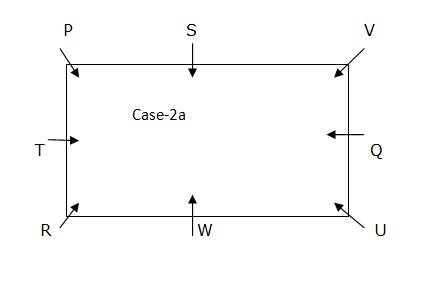
Microsoft Office is a/an
A commonly used graphic format for the Web is________.
In first generation of computers, they used ________________________.
Which PowerPoint view displays each slide of the presentation as a thumbnail and is useful for rearranging slides?
Which among the following is a device, that is used in computers to add external components?
A software program that adds functionality to your computer or help your computer perform better is called as
ASCII stands for .........
Android Operating system is an example of which kind of Source Model?
The quickest and easiest way in Word, to locate a particular word or phrase in a document is to use the ....... command
A(n) .......... is a small group of computers and peripherals linked together in a small geographic area.
Relevant for Exams:



